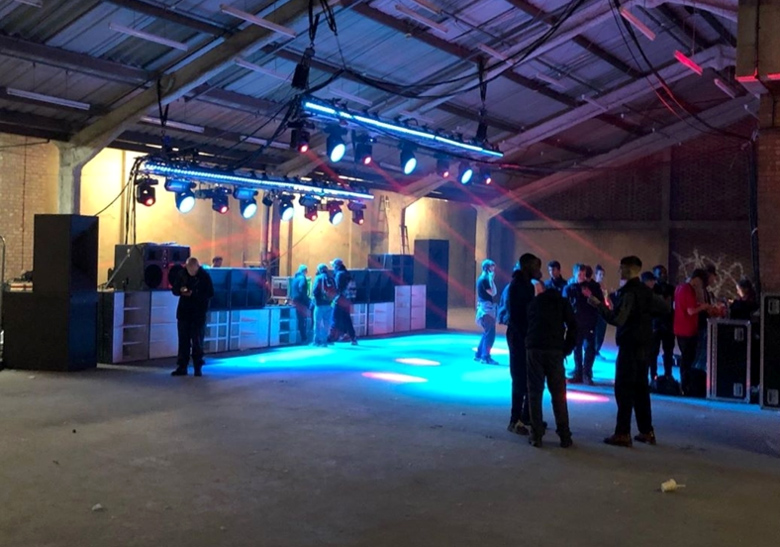Illegal Raves: Clean-up & aftermath
With projected easing of coronavirus lockdown restrictions, there is an expectation that the number of illegal raves happening will see a rapid increase. In order to combat illegal raves, it is important to have an understanding of how these are organised and what measures (both passive & active) can be implemented to help protect businesses & landowners against these.
This document is part of a series that aims to help provide an understanding along with methods to tackle the key stages of an illegal rave. This final segment tackles Clean-up & aftermath
Clean-up & aftermath
Following an illegal rave, the organisers priority is to vacate the property as quickly as possible often leaving the property is a very dangerous state. The associated costs for clean-up, repairs and loss of rental income due to a property being off the market during this time can be substantial.
At first glance
Upon entering the property, the most obvious issue will be the mess/waste left behind, this can often include:
- Beer/drinks bottles & damage to flooring
- Blood
- Human waste
- Drugs & drug paraphernalia
However, the most pressing issue is actually that the building will often be deliberately left insecure to allow for future entry, this should be the first thing to be dealt with before bringing the building back online.
Property risks
Once a building has been entered, it is prudent to avoid using any electrical systems from within the unit until they have been inspected, this is due to the occupiers in many cases damaging the electrical systems within the property or bypassing electrical safety measures. The intruder alarm and fire alarm panels are often the first items that event organisers will look to disable, this is most commonly through damaging them as opposed to any non-destructive means.
There have been several recorded instances in which mezzanine floors, internal cranes and even the roof have been weakened by misuse or the sheer volume of party goers climbing onto them, in some instances this has resulted in serious building damage. An illegal rave in Russia resulted in the roof collapsing on the party goers and another notable bad example being an illegal warehouse rave in the United States in which a fire consumed the entire building a resulted in the deaths of 36 people.
What can businesses & landowners do at this stage?
As a general rule, the following should be carried out to ensure the property is secure:
- Changing of all locks
- Boarding up of any ground floor vents
- Integrity testing of all doors and windows – replace failures as necessary
- Temporary security on site to prevent further entry until property is secured
Once the property has been secured, the clean-up can begin without worry of further occupation. Cleaning services required can vary from a small litter picking to specialist clean-up with costs rapidly increasing.
What other actions should be taken?
Following an occupation, it is always a worthwhile exercise to assess the security in place on both the property & the trading estate or nearby area. Some measures are more worthwhile than others such as placing bars externally of windows and ensuring fire doors are bolted internally when not in use. The presence of CCTV and a robust reporting procedure that leads to a reduction in time before an incident has been discovered.
A permanent security presence would be the gold standard moving forwards, this is especially worthwhile on trading estates as the cost can be spread across multiple units as opposed to a single client. An alternative would be mobile patrols, this can help to reduce the cost but come with a reduction in presence, this can sometimes be as little as 2-3 minutes per day in which security is actually present on the site.
It’s an easy assumption to make that once a property has been targeted once it will not be targeted again, unfortunately this is not the case. It is also worth carrying out a review of the security measures at other nearby vacant properties, often organisers of these events will check multiple units in the same area before selecting a venue and may revisit the area if they have previously had success.


